Starts/Speculations: Director’s Letter
Photo: Claire Oberst
Richard Owen was a remarkable—albeit controversial—naturalist, paleontologist, and comparative anatomist that worked in Britain throughout the 19th century.
Over the course of his career, Owen made enormous contributions to science and continuing education. In addition to personally cataloging and publishing over 13,000 specimens from the collection of the Hunterian Museum of Glasgow, he assisted in creating some of the first life-sized skeletal reproductions of then misunderstood creatures. He championed curiosity to the British public, going so far as to host an extravagant dinner party in the belly of a reconstructed Iguanodon—an animal he called a “dinosaur” for the first time. His legacy spans centuries, and has influenced our understanding of modern science.
Further, initiatives like this by Owen and his contemporaries set in motion a popular culture of museum-going among audiences across the western world.
Before Owen, museums were intended for the elite. The British Museum, his employer, was no different. It took three visits for an interested party to be granted admittance. On the first, visitors were asked to provide a written application and undergo an interview to determine eligibility. Individuals that passed the test were invited back to collect a ticket. On the third and final visit, they were carefully and quickly guided through the exhibition in groups. They were not allowed to linger.
Owen envisioned an institution that would welcome and educate everyone as equals. He wanted to encourage working people to visit in the evenings, and dreamt of devoting most of the museum’s physical space to galleries. Radical for his time, Owen suggested that each artifact correspond to an informative label, so people could appreciate what they were viewing without a guide. In 1880, Owen cut the ribbon at the Natural History Museum in London, an extension of the British Museum, and a testament to his vision.
Everything we know is a reaction.
The simple act of reading this sentence is the result of and catalyst for a complex series of reactions—some transparent, others less so. The physiological reaction triggered in the cone-shaped cells on your retina when exposed to light reflecting off this page is one example. Another is the series of events that led you to this moment, to be in this place, and to feel compelled to consider these thoughts. I hope you’re as pleased as I am that you are reading this, and I also hope that this moment, accompanied by many others, pushes you toward positive, intentional change going forward.
Owen’s reactions, as are yours, were specific to his time and place. His knowledge, experiences, and understanding led him to consider, challenge, and change culture. With time, his radical persuasion eventually became normal. Normal is a condition that is ripe for reaction.
With reverence, Starts/Speculations acknowledges, exhibits, and supports institutions and individuals that have proven to be agents of change, while simultaneously asking a series of celebrated designers to speculate on the future of communication.
From the Container Corporation of America’s historic commission of the recyclable symbol to Design for Democracy’s important redesign of a United States general election ballet, we’ve considered a series of ideas that were revolutionary for their time from firms that responded to their context with unabashed curiosity. From Other Forms’ malleable, historical Futurist methodology to the Post Family’s consideration of equality through the lens of furniture, we’ve offered a platform that allows for thoughtful, public conjecture.
While it’s worth noting that the past and future are always observed with an understanding of their specific moments in time, I am pleased with the way in which we’ve documented radical ideas through the lens of the present.
Further, I’m elated to establish in print a moment that represents our debut as a permanent institution. Following a capital campaign that was supported by well over 500 individuals from our community, and a series of investments from prominent organizations, we are now able to offer year-round programming. Our newfound audience is comprised of makers and consumers, both of whom are equally important to design as a catalyst of change.
As a nascent, nimble, and nontraditional organization that aspires to unite, inform, and inspire, we realize that growth leads to pressure. However, without pressure, there is no reaction.
Here’s to reaction. Here’s to adventure. Here’s to a better understanding of Chicago’s rich legacy. And, here’s to shaping our future together.
Until next time.


